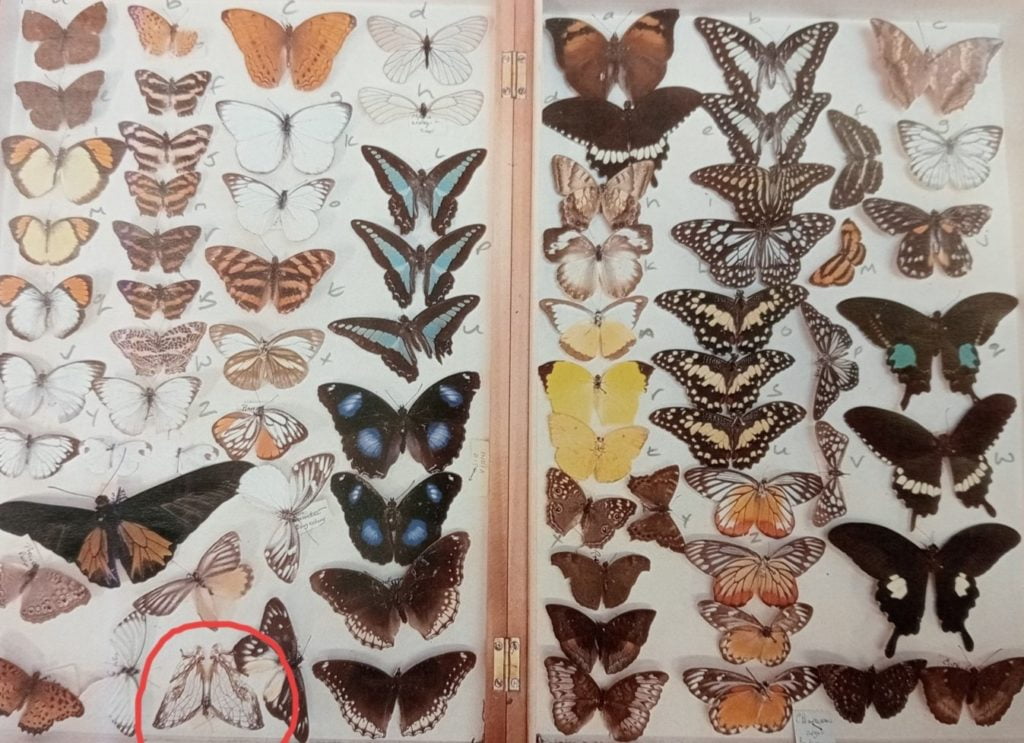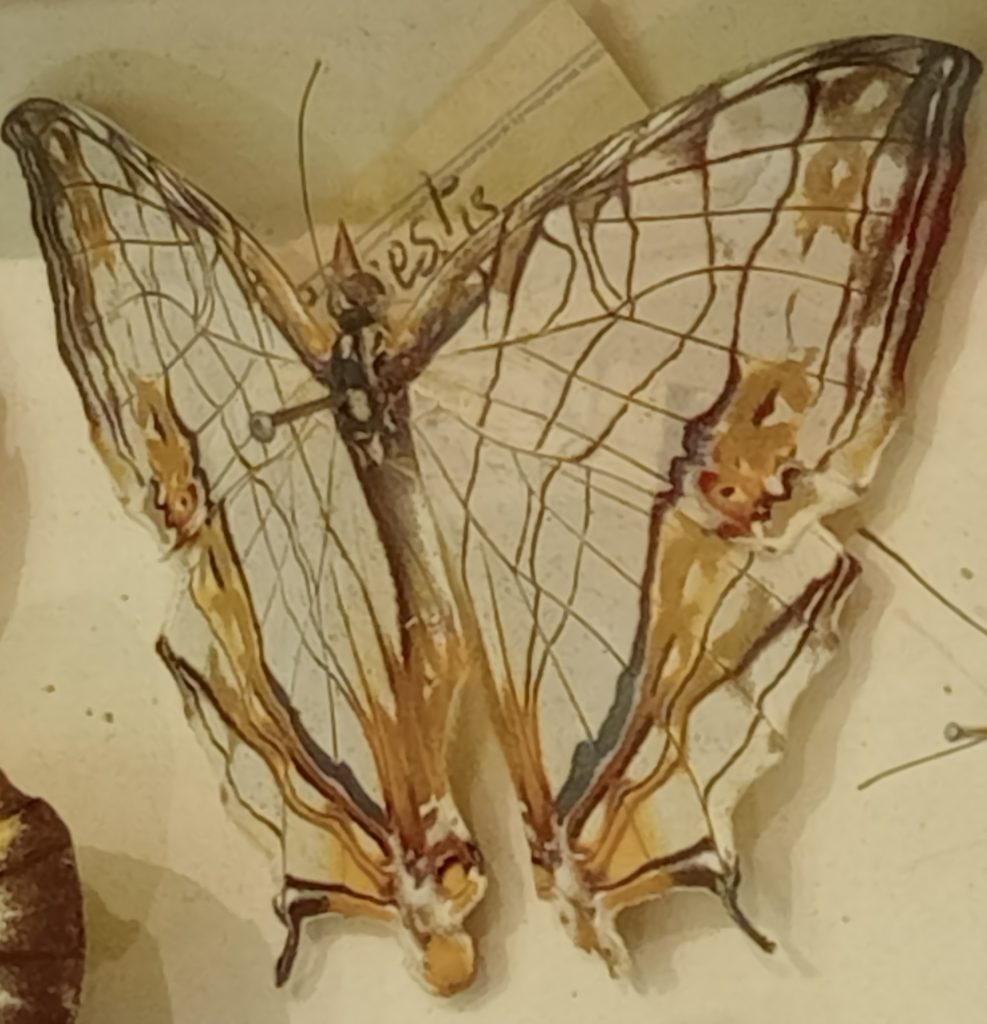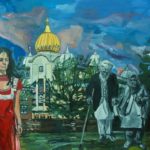As part of our celebration of 175 years of the borough of Oldham we will be sharing a series of guest blogs linked to items on display in our exhibition. These objects have been selected by staff, councillors, friends of Gallery Oldham and members of the public. This week Jo Haigh, Customer Experience Assistant, shares her choice of objects featured in the exhibition.
Whilst there are many fascinating characters in Oldham’s history, it was only when researching for the 175 exhibition and working with the natural history collections alongside the natural history curator Patricia Francis, that I came across some of them that really grabbed my attention. The objects and people I chose to include in the exhibition all had some connection to the natural world, and as this is also my area of interest, I wanted to share some extra facts and information I came across during my research.
Starting with the first object that was accessioned into the collection which was a box of 114 butterfly and moth specimens from India. They were collected and donated to the museum in 1883 by Thomas Cottam. We don’t know a lot about Thomas Cottam, but we know he was a cotton carder in 1861 but by 1881 he had left Oldham and was the manager of a cotton mill in Calcutta.

The box on display in the exhibition contains only 75 of the 114 butterflies and moths, this is due to the condition and fragility of some of the specimens. Considering they are over 130 years old the ones on display are in good condition and therefore perfect for the exhibition.

Butterflies and moths are some of my favourite insects and to see these out of the stores and here on display means that I get to look at them and admire them daily. My favourite in this collection is the Cyrestis thyodamas (Kumaon map butterfly) the intricacy of the wing pattern is just beautiful.
I felt that this collection of butterflies and moths deserved a place in the 175 exhibition not only as it was the first object accessioned which in itself poses great provenance but it is also a natural history specimen.
One of the specimens Lyssa zampa (Tropical Swallowtail Moth) was not actually named until 1869. A tiny label on the pin says it was collected in Darjeeling in 1864. A new species to science and was collected 5 years before it was officially named. This specimen is not on display here but is in our natural history collection at Gallery Oldham.

The Victorians were in love with natural history, geology, shells, botanicals, entomology to name just a few areas. It was a hobby, and it was educational. What I find amazing about Victorian naturalists is that they would go off on their expeditions sometimes for days, weeks and months at a time collecting all kinds of specimens with no specialist equipment or clothing. They would bring back the most precious and pristine collections with detailed narratives and accounts of all aspects of their journey.
These collections serve an important role in today’s museums and play a vital role in our education in wildlife habitats, climate change and the extinction of species.
On the 24th November 1859 one of the most famous naturalists, Charles Darwin (1809-1882), published his book On the Origin of Species which contained his famous ideas about evolution. It was one of the most important books ever published and sold out in the first day.
In the 2nd part of this blog, I will talk about a friend of Darwin.



